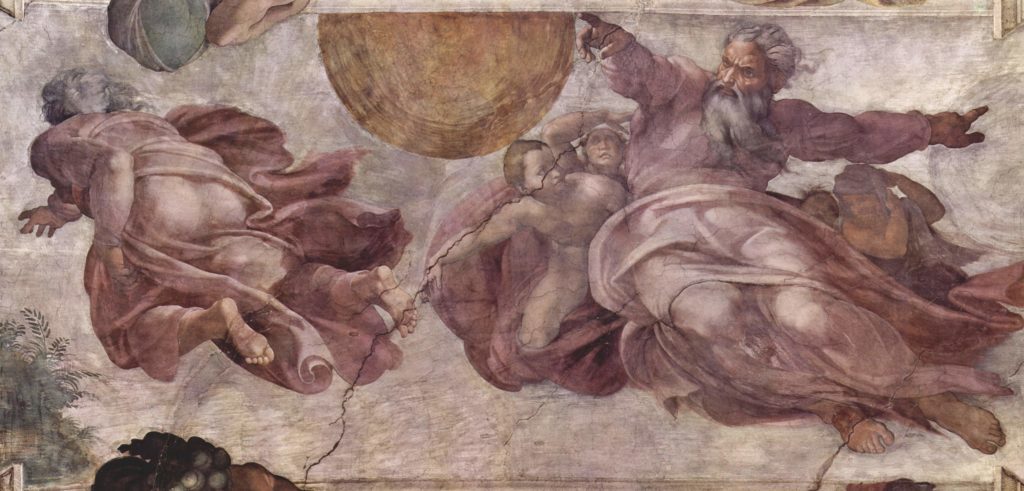Elsevier is an almost century and a half–old Dutch publishing house specializing in a wide range of scientific and academic topics. It boasts branches and affiliations in over a dozen European and Asian countries. By its own definition, it pursues “dissemination of research” via a number of journals in four principal domains: life sciences, physical sciences and engineering, social sciences and humanities, and health. Its reputation is nothing short of stellar.
When the peer-review board of Elsevier received the text of Contemporary Theory of Conservation, it undoubtedly recognized its author’s credentials. Salvador Muñoz Viñas is a professor at the Universidad Politècnica de València and the head of paper conservation of the university’s Conservation Institute, impressive qualifications no doubt. What the Elsevier editors may not have done as diligently is actually read the text. The professor’s colleagues would have discovered an amalgam of current and past conservation concepts homogenized in a way so as to render them virtually meaningless and, worse yet, useless.
In the volume’s preface, we are advised to be “more involved and intrigued, than baffled and impressed.” On reading further, one is moved by none of these sensations, only by boredom. In typical professorial fashion, Muñoz Viñas rattles off paragraph after paragraph of obvious and venerable notions about conservation, concepts that, by the sophisticated standards of today’s art world, need no repetition. At one point, the author states: “Scientific conservation, though being the most notable manifestation of objectivity in conservation, is not well defined, and lacks a coherent theoretical, epistemological body.” On the next page, one finds: “Scientific conservation actually emanates from an elliptic overwhelmingly powerful set of principles: it is guided by the unspoken material theory of conservation which is, in turn, based upon the need to preserve the object’s material ‘truth,’ and the belief in scientifically grounded knowledge.” What all this even means is unclear and adds nothing to the general understanding of the conservation issue.
Muños Viñas shuffles the cards further by including a number of whimsical diagrams, one captioned “A Graphic Representation of Caple’s RIP model.” No, this is not a design for Mr. Caple’s tombstone, but rather an equilateral triangle with the words “Revelation,” “Investigation,” and “Preservation” marking each of the three corners. Various conservation procedures such as “varnish removal,” “canvas lining,” and “inpainting” float about, scattered within the triangle, in no apparent order. It seems that the concept derives from a publication of a certain Chris Caple, a professor at Durham University who is primarily occupied as a researcher in the field of medieval archaeology. Like the passages quoted above, the “RIP model” says little or nothing useful about conservation theory; it is meaningless in practical terms.
How this hodgepodge came to be can be surmised by perusing the extensive bibliography cited by Muños Viñas. Evidently, in typical professorial fashion, the author trolled the right bookshelves at his university library. A knowledgeable reader, however, will soon discover that at least two important titles are missing. The first is Giovanni Secco Suardo’s classic 1866 manual on paintings conservation, which contains an invaluable account of painting restoration, including its recipes, tools, and techniques, many of which are still valid today. More importantly, no mention is made of Hermann Kühn’s Erhaltung und Pflege von Kunstwerken und Antiquitäten (Maintenance and Care of Works of Art and Antiquities, 1974), an essential two-volume compendium of every aspect of contemporary conservation practice and theory.
This book contradicts the time-worn adage that one should not judge it by its cover. In this case, a less than promising conclusion is readily at hand: a multiple-exposure photo shows a mediocre seventeenth-century head of a cherub transformed into a ghastly, smiling ectoplasm. Is the latter the “restored” version of the former, or vice-versa? We are not told. At all events, the image recalls the amateur work performed in 2012 by the ineffable Cecilia Giménez on a perfectly ordinary nineteenth-century devotional image in the parish church of Borja, in north-eastern Spain. The restored painting has now achieved international notoriety as the “Monkey Christ” and become a local tourist attraction. Why Muños Viñas used this “Monkey Cherub” on his frontispiece is unknowable; the covers of the book give no photo credits nor, for that matter, any information about Muños Viñas, which is gathered here only thanks to the internet. More intriguing still is what possessed the editors to present the book with this unfortunate “dress,” a scary prelude to its meager content. Alas, this publication is not worthy of Elsevier’s imprint, nor will it add to its prestige.

